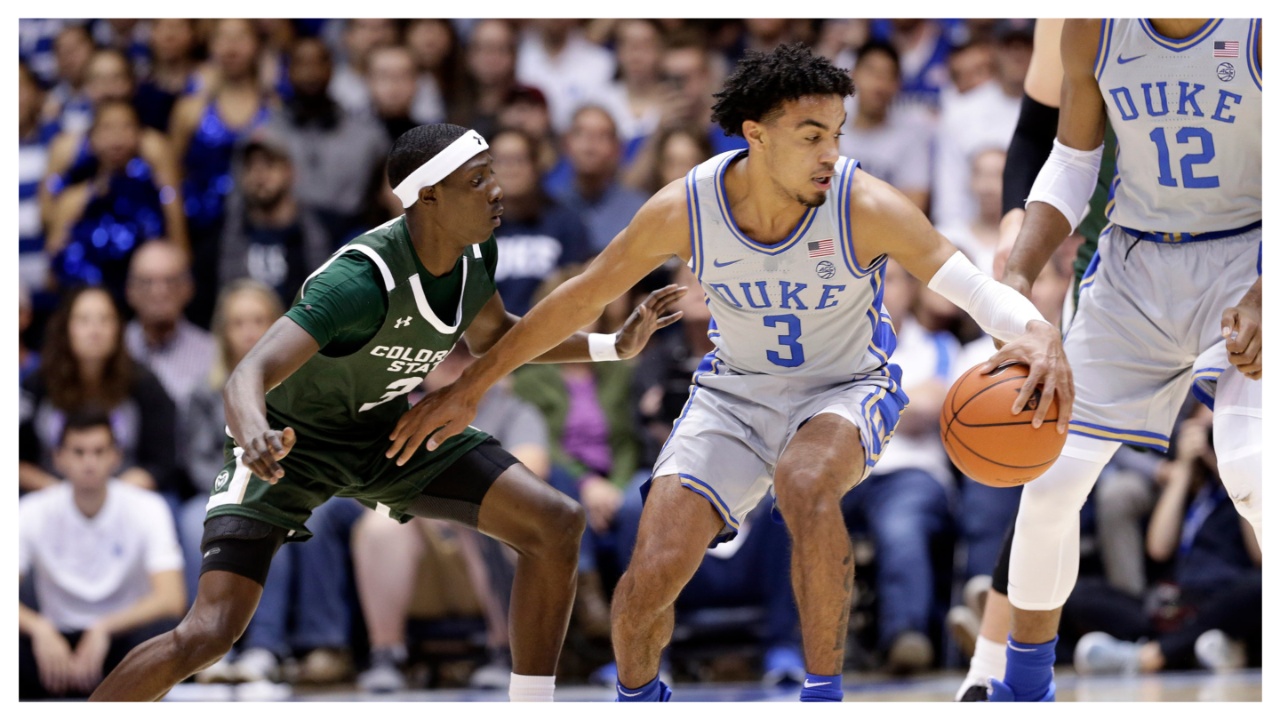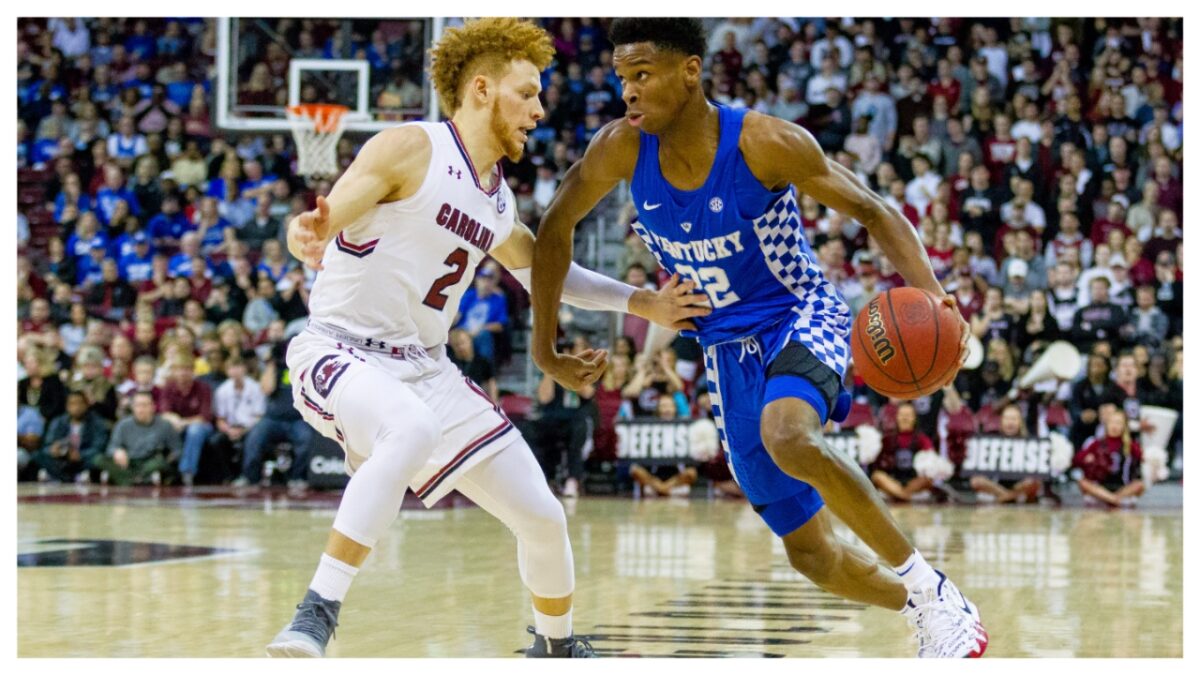College Basketball and the burden of playing Two Halves
Unlike in the NBA and other major leagues, which have four quarters, college basketball is split into two 20-minute halves.

A College Basketball game in action (via New York Times)
🔍 Explore this post with:
College basketball is unique. It is the only form of the game that is split into two 20-minute halves, rather than four quarters. Meanwhile, the rest of the basketball world follows “NBA” or “FIBA” rules. Keeping things as they are seems outdated, especially as college sports transition into a more professional environment.
The time has come for college basketball to adopt the standard rules of the game. College sports are increasingly moving towards a more “professional” environment, with players finally addressing long-standing disputes over compensation and likeness rights. As the game evolves, it is moving further away from its amateur roots.
According to an NPR report, the NCAA will allow schools to pay athletes directly once a federal judge approves the settlement. While approval could take months, many experts predict it will happen by the summer of 2025. These payments will be capped at around $20 million due to the current revenue stream in college sports. However, this arrangement will essentially pay college athletes a “salary” through a “revenue share” agreement.
The case for adopting the Four-Quarter format
The Atlantic Coast Conference, the Big Ten, the Big 12, the Pac-12, and the Southeastern Conference have all agreed to implement this change. Until 2021, the NCAA only allowed college athletes to be compensated for the use of their name, image, and likeness or to be paid by companies outside their schools.
Eventually, schools outside the Power 5 conferences will also be part of this new era in college sports. While some pundits believe this shift will affect all college basketball and football programs, it seems unlikely that athletes in all sports—such as rowing, soccer, tennis, and track and field—will be paid.
These sports do not generate significant revenue but technically could be included. However, many feel that the bulk of the allocated $20 million, which is expected to increase year after year as revenues rise, will go to basketball and football players.
Today, the college athlete is more akin to a second-division soccer player or a minor leaguer than an amateur student-athlete. Clearly, education has become a distant second to what colleges aim to achieve economically and in terms of sports success, driven by the big money from endorsements and television contracts.
When looking at the current state of college basketball, it’s clear that in order to stay “in the game” with professional basketball, its current gameplay format is outdated and out of step with the changing times that lie ahead.
Why align with the Four-Quarter game?
The argument for aligning with the NBA or international basketball is straightforward: it brings the college athlete closer to the professional environment. While college sports still have a long way to go before resembling a fully professional atmosphere, they are nearly there in terms of signing players, securing player endorsements, and exposing athletes through various media outlets, including social media and video games.
Switching to four quarters would offer basketball players a smoother transition to the NBA or any other international league, such as those in Spain, Serbia, Greece, Italy, or Argentina. Many players who don’t make it to the NBA find a “second career” by playing overseas.

By switching to four quarters, players who may not have the exposure needed to catch the eye of an NBA team could get into games more often and attract the attention of European or South American teams.
Playing in four quarters would provide players with more breaks, reducing the risk of injury. On average, an NBA player plays more minutes than a college basketball player, but due to stoppages and other factors, the total minutes played are roughly the same. The difference is that in the NBA, those minutes are spread across four quarters, while in college basketball, it’s more intense since it’s played in two halves.
Additionally, the four-quarter format would give teams more opportunities to adjust during the game, allowing for better in-game coaching from head coaches. Above all, switching to the standard four-quarter format would align with the types of television deals that the NBA typically secures, potentially increasing revenue across the board for college basketball.
Arguments against switching to four quarters
Purists are attached to tradition and argue that college basketball’s long-standing rules should not be changed, as this would disrupt an institution of the game. Others contend that moving to four quarters could harm the game, pointing to NBA games, which are sometimes criticized for being too tedious or three point contests. They worry the flow of the game could suffer as a result.
Another argument against the change is the need for an adjustment period, although this concern seems exaggerated. College basketball referees often officiate local league games that already follow NBA rules, and players are already accustomed to a four-quarter regimen.
Coaches would need to adjust their game plans, but aligning college basketball with NBA rules would allow them to be better prepared for potential NBA job opportunities or positions at top teams in Europe.
Regardless of how you view it, switching to four quarters is not only a smart decision but an essential one. As college sports move toward compensating athletes, they will also be in a better position to “sign” top-tier players.
The extra revenue generated from aligning with major leagues would benefit all aspects of the game: endorsements, television contracts, and, most importantly, creating more opportunities for players to secure not only NBA contracts but potentially overseas contracts as well.
College basketball may talk about “tradition,” but it has long been eager to play “the game” as it is played in the professional leagues. Over time, college sports have ceased to be amateur. The shift is inevitable.







